The 1980s saw a significant rise in the popularity of backpacking as a form of travel.
Contents
This was largely due to the increased availability of affordable air travel, which made it easier for young people to explore the world on a budget.
Backpacking became a symbol of freedom and adventure, as young travelers sought to break away from the constraints of traditional tourism and immerse themselves in new cultures and experiences.
The rise of backpacking in the 80s also coincided with a growing interest in environmentalism and sustainable travel, as backpackers sought to minimize their impact on the places they visited.
The 80s also saw the emergence of backpacking as a rite of passage for many young people.
It became a way for individuals to challenge themselves, push their limits, and gain a deeper understanding of themselves and the world around them.
Backpacking in the 80s was not just about seeing new places, but also about personal growth and self-discovery.
During this period, young travelers were eager to embark on journeys of exploration and adventure, armed with only a backpack and a deep sense of curiosity.
They sought to immerse themselves in new cultures, discover hidden gems, and connect with people from all walks of life.
This era was characterized by a spirit of independence and a desire to break free from the confines of traditional travel, as these intrepid explorers sought to create their own unique and unforgettable experiences.
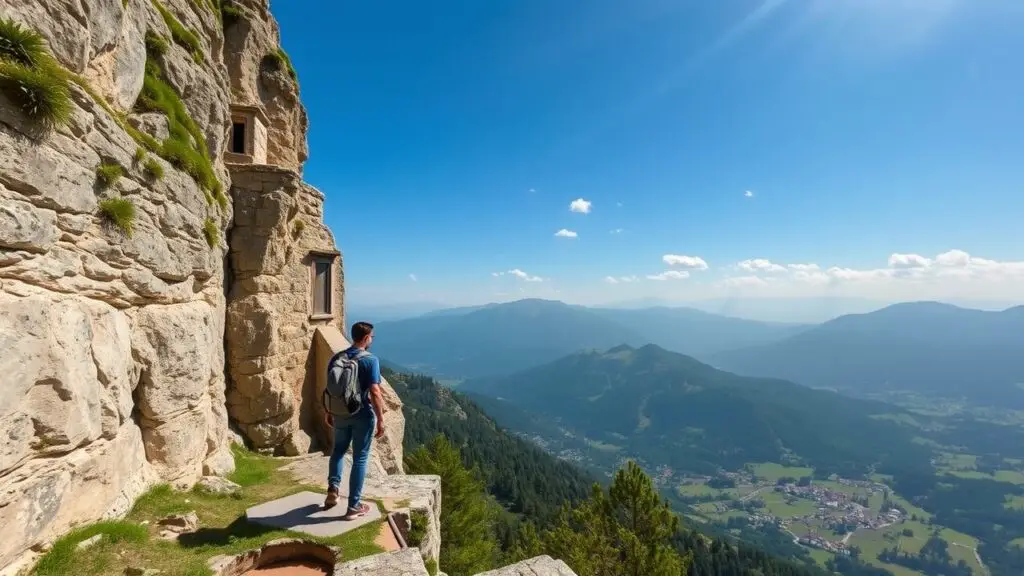
Exploring the World: Backpacking in the 80s
Backpacking in the 80s was all about exploring the world in a way that was authentic and immersive.
Unlike traditional tourism, which often involved staying in luxury hotels and visiting popular tourist attractions, backpacking allowed travelers to connect with local communities and experience life as a local.
This often meant staying in budget accommodations, eating street food, and using public transportation, which gave backpackers a more intimate and genuine experience of the places they visited.
The 80s also saw a shift in the way people approached travel, with an increasing emphasis on cultural exchange and understanding.
Backpackers in the 80s were not just tourists, but ambassadors of their own culture, seeking to learn from and connect with people from different backgrounds.
This led to a greater appreciation for diversity and a more open-minded approach to travel.
Backpacking in the 80s was a transformative experience that went beyond simply visiting new destinations.
It was an opportunity to connect with people from different cultures, to learn from them, and to share experiences.
It was a way to break down barriers and build bridges between different societies, fostering mutual understanding and appreciation for the diversity of the world.
Backpacking in the 80s was about immersing oneself in new environments, embracing different ways of life, and ultimately, gaining a deeper understanding of the world and its people.
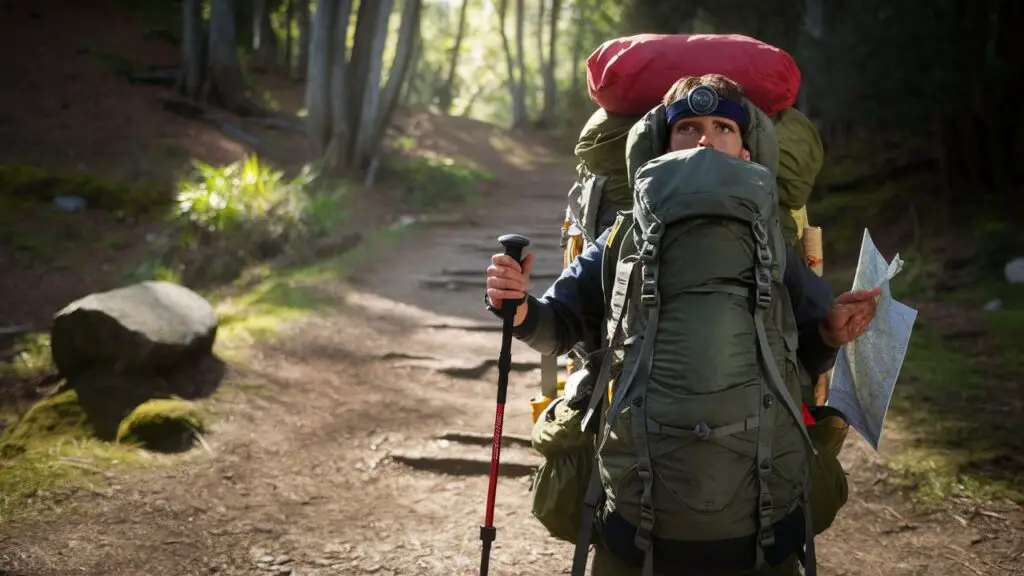
The Backpacking Culture of the 80s
The backpacking culture of the 80s was characterized by a sense of camaraderie and community among travelers.
Backpackers often formed tight-knit groups as they journeyed together, sharing experiences, tips, and resources.
This sense of community extended beyond individual trips, with backpackers often staying in touch with each other and forming lasting friendships.
The 80s also saw the rise of backpacker hostels, which provided affordable accommodation for travelers and served as hubs for socializing and networking.
The backpacking culture of the 80s also embraced a spirit of adventure and spontaneity.
Backpackers were known for their willingness to go off the beaten path, seeking out hidden gems and unexpected experiences.
This sense of adventure was fueled by a desire for authenticity and a rejection of mainstream tourism.
Backpackers in the 80s were not satisfied with just visiting the well-known tourist spots; they were eager to explore the soul of a destination and discover its authentic essence.
They sought out unique experiences, off-the-beaten-path adventures, and interactions with locals to gain a deeper understanding of the culture and lifestyle of the places they visited.
This desire to immerse themselves in the true essence of a location set them apart from traditional tourists and shaped the way backpacking is perceived and practiced today.
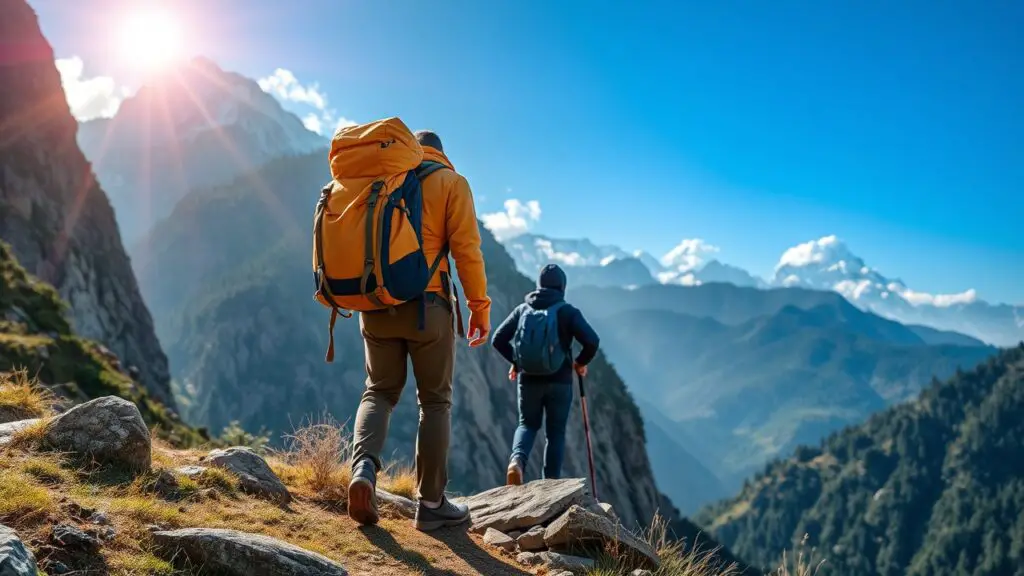
Iconic Backpacking Destinations of the 80s
The 1980s saw the emergence of several iconic backpacking destinations that captured the imagination of young travelers.
Southeast Asia, in particular, became a mecca for backpackers, drawn by its exotic landscapes, rich cultures, and affordable cost of living.
Countries like Thailand, Indonesia, and Malaysia became popular backpacking destinations, offering a mix of stunning beaches, vibrant cities, and ancient temples.
The allure of Southeast Asia lay in its sense of adventure and mystery, as well as its reputation as a budget-friendly paradise.
Another iconic backpacking destination of the 80s was Europe, which offered a diverse range of experiences for travelers.
From the bustling streets of London to the romantic canals of Venice, Europe was a treasure trove of history, art, and culture.
Backpackers flocked to destinations like Greece, Spain, and Portugal, seeking out ancient ruins, picturesque villages, and lively nightlife.
Europe also offered a sense of nostalgia for many backpackers, who were drawn to its rich heritage and timeless beauty.
The old-world charm of cobblestone streets, historic architecture, and traditional cuisine provided a romantic and enchanting experience for travelers seeking a connection to the past.
The continent’s diverse cultures and centuries-old traditions added to the allure, making it a popular destination for those yearning for a glimpse into Europe’s storied history.
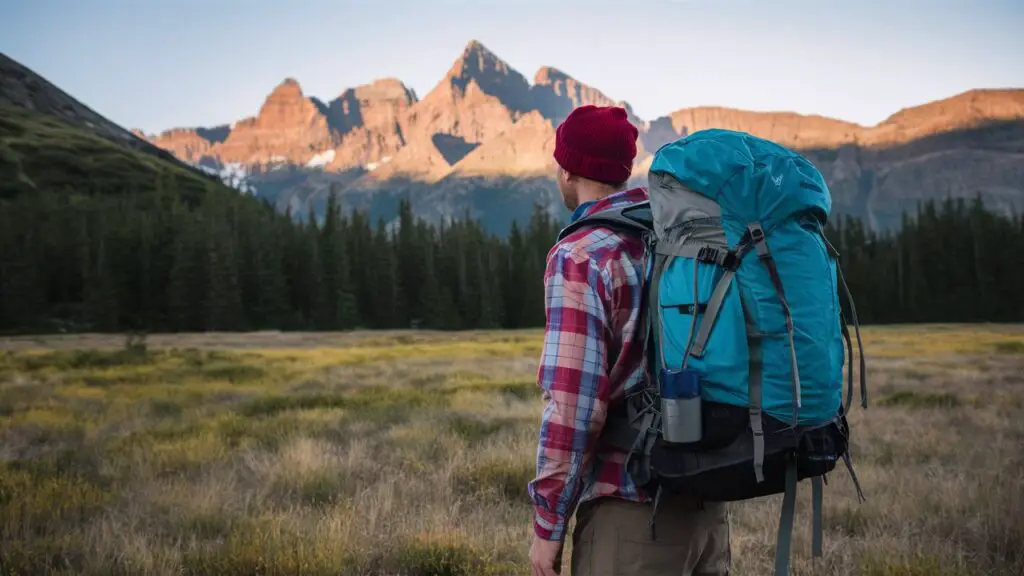
The Evolution of Backpacking Gear in the 80s
The 1980s saw significant advancements in backpacking gear, as manufacturers sought to cater to the growing demand for lightweight, durable, and functional equipment.
Backpacks became more ergonomic and versatile, with features like padded straps, multiple compartments, and adjustable frames.
Tents also underwent a revolution, with the introduction of lightweight materials and innovative designs that made them easier to carry and set up.
Sleeping bags became more compact and insulating, while camping stoves became more efficient and portable.
The 80s also saw the rise of specialized clothing and footwear for backpackers, designed to withstand the rigors of long-distance travel.
Waterproof jackets, quick-drying pants, and sturdy hiking boots became essential items for backpackers venturing into diverse climates and terrains.
During the 1980s, backpacking gear underwent a significant evolution to prioritize comfort, convenience, and durability.
Travelers were increasingly focused on making their journeys more enjoyable and sustainable, leading to the development of lighter, more ergonomic backpacks, moisture-wicking and breathable fabrics, and durable, long-lasting materials.
Additionally, there was a greater emphasis on the design of gear to make it easier to access and organize essentials while on the go.
These advancements in backpacking gear during the 80s allowed travelers to embark on their adventures with greater ease and confidence, ultimately enhancing their overall experience.
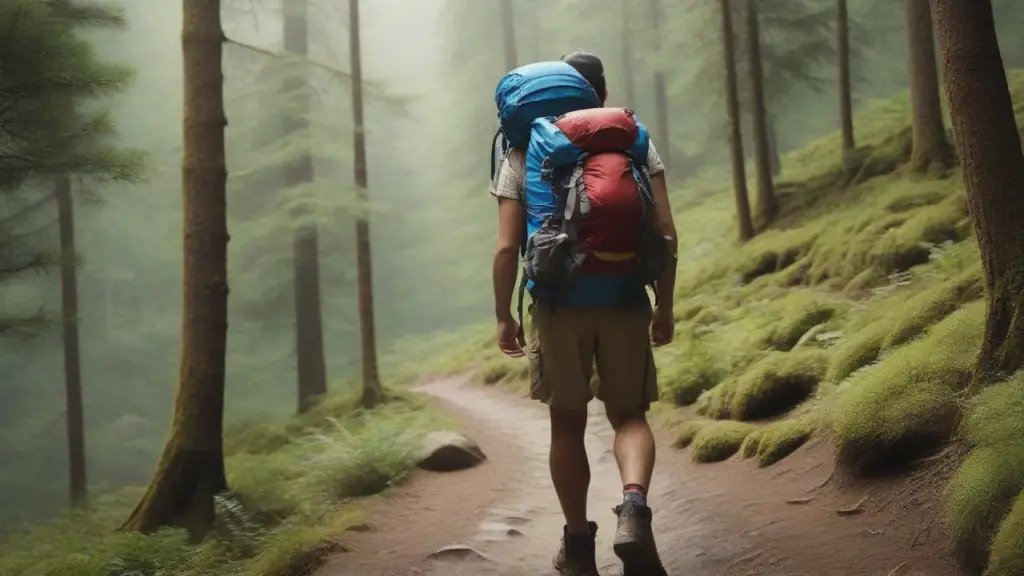
Backpacking Trends and Fads of the 80s
The 1980s saw several trends and fads emerge within the backpacking community, reflecting changing attitudes towards travel and adventure.
One notable trend was the rise of solo travel, as more backpackers sought to challenge themselves and experience the world on their own terms.
Solo travel allowed individuals to push their boundaries, gain independence, and forge deeper connections with the places they visited.
Another trend was the growing interest in eco-friendly travel, as backpackers became more conscious of their impact on the environment and sought out sustainable practices.
The 80s also saw the emergence of adventure sports as a popular activity for backpackers.
Activities like rock climbing, whitewater rafting, and trekking became increasingly popular among young travelers seeking adrenaline-pumping experiences.
Adventure sports offered a way for backpackers to test their limits, conquer fears, and bond with fellow travelers over shared challenges.
This trend reflected a growing desire among travelers to engage more meaningfully with the destinations they were exploring.
By living with local families or getting involved in community projects, backpackers were able to immerse themselves in the culture, traditions, and daily life of the places they visited.
This not only provided a more authentic and enriching travel experience, but also allowed for meaningful cross-cultural exchange and a deeper understanding of global issues.
These cultural immersion programs became increasingly popular throughout the 80s and continue to be a significant aspect of travel for many people today.
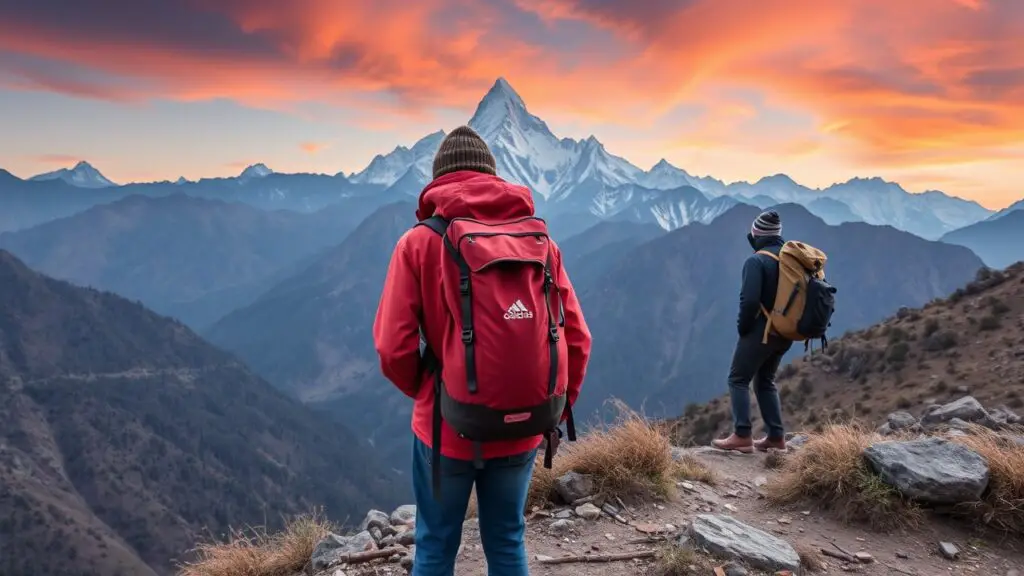
The Enduring Legacy of 80s Backpacking
The legacy of backpacking in the 80s continues to resonate with travelers today, shaping their attitudes towards exploration, adventure, and cultural exchange.
The spirit of independence and self-discovery that defined backpacking in the 80s remains an enduring legacy for modern travelers seeking authentic experiences.
The emphasis on sustainability and responsible travel that emerged in the 80s has also left a lasting impact on how people approach tourism today.
The 80s also laid the groundwork for a more inclusive and diverse backpacking community, fostering a greater appreciation for different cultures and perspectives.
The sense of camaraderie and community that characterized backpacking in the 80s continues to inspire travelers to connect with each other and share their experiences.
The enduring legacy of 80s backpacking is a testament to the spirit of curiosity, openness, and a thirst for adventure that knows no bounds.
It is a legacy that has inspired countless individuals to explore the world, connect with people from different cultures, and seek out new experiences.
This legacy continues to transcend borders and generations, serving as a reminder of the transformative power of travel and the enduring impact it can have on those who embrace it.

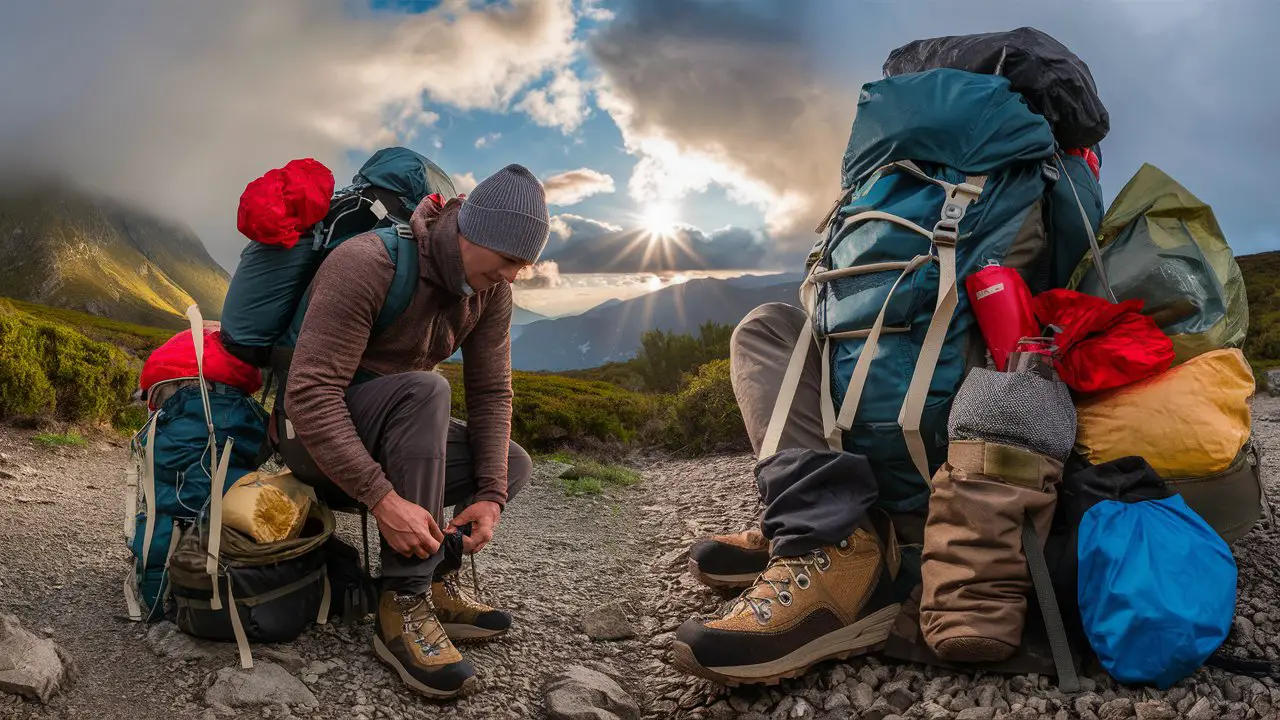

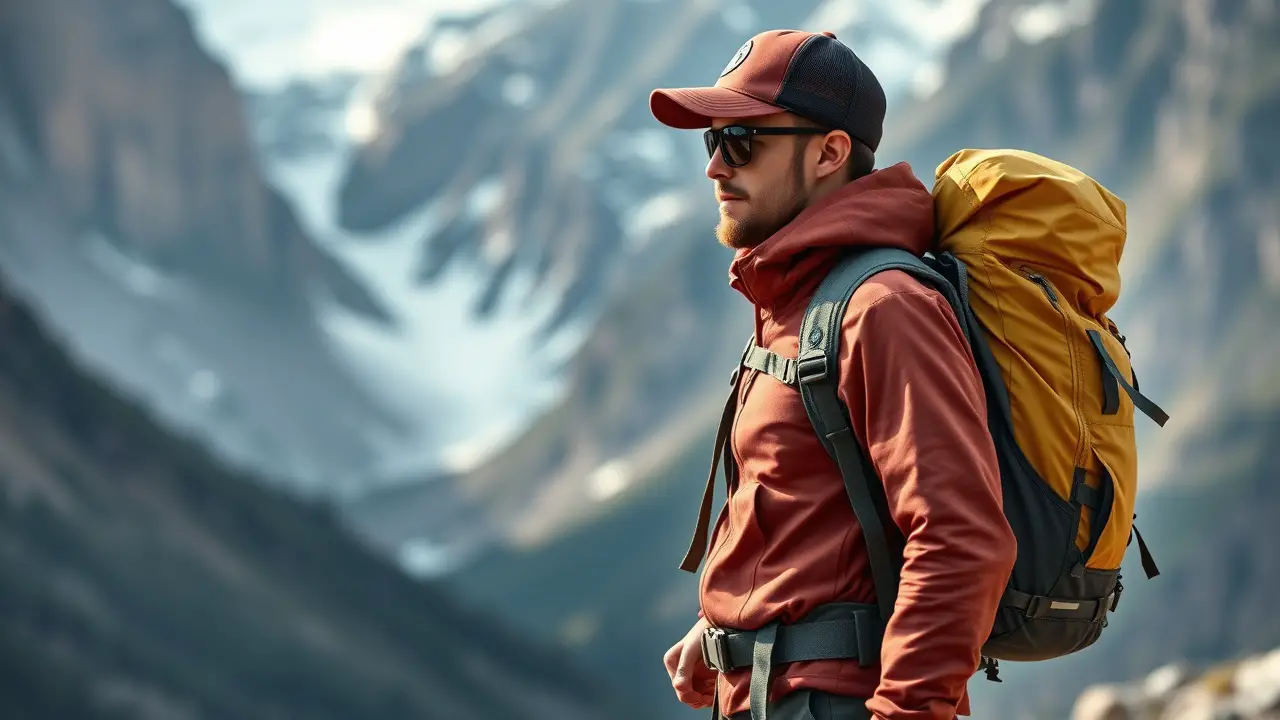
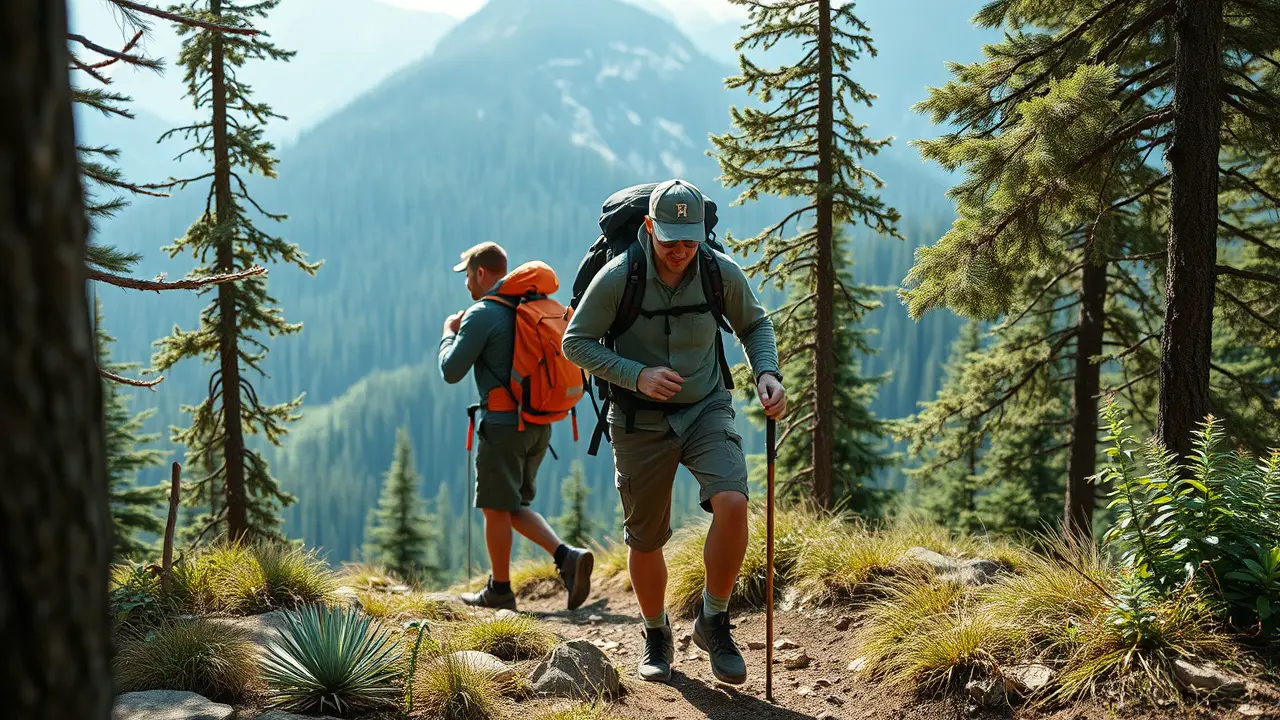
Leave a Reply